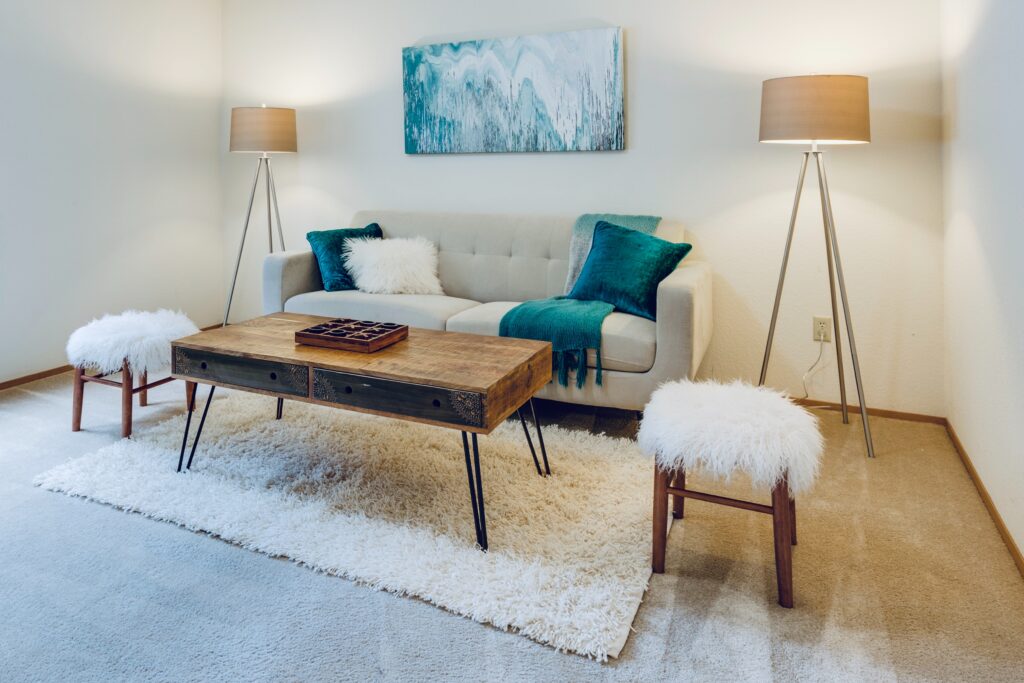Whether you’ve lived in your home for years or are looking to sell this spring, we’re sure you’re tired of looking at the same walls for years on end. A new study discovered that homeowners now spend about 13 years in their homes. This is a considerable increase of about ten years compared to a decade ago. Many factors determine the length of homeownership: older homeowners aging in place, a home supply shortage, and more affordable housing payments if homeowners refinanced and took advantage of the low mortgage rates last year. Whether a seller or homeowner, here are 5 ways to bring your home back to life and make it feel and look new this spring!
1. Paint the walls
Paint is the most cost-effective way to make a massive difference in any room. This will be especially noticeable if the walls are chipped or show other flaws.
But choosing the right paint color is the key to success. For a color that goes with everything, earthy colors or tinted neutrals are the colors you want. Both color types are soothing and easy to mix and match in your home. If you want to give off the illusion of more space, then off-white will be your friend.
If you’re selling this spring and want to attract homebuyers, it’s best to avoid colors that trigger a love-it or hate-it reaction. Think of trending colors like mint green, yellow, baby blue, etc.
2. Update the kitchen
You don’t have to renovate your entire kitchen to make it feel new, either! A few replacements and upgrades will help give it a new look. Some ideas are replacing old kitchen cabinets and handles with modern hardware, installing a touchless faucet, or installing or updating the backsplash.
3. Replace outdated light fixtures
Any REALTOR® or photographer will tell you that lighting is essential. Lighting has a significant impact on a room by defining the room’s look and feel. Lighting fixtures go out of style, too, so consider replacing old chandeliers, sconces, and pendants. It’s also a good idea to replace the light bulbs themselves, depending on the mood you want for the room. For bedrooms, it would be beneficial to use soft-white bulbs, while the kitchen could benefit from daylight bulbs. Don’t forget exterior lighting either!
4. Increase curb appeal
Did you know homes with high curb appeal sell for 7% more than houses with a less than pleasant exterior? Your home’s curb appeal is people’s first impression of your home, and you know that saying, “you only get one chance to make a first impression.” And that’s true with homebuyers this spring! Increase your home’s outside appearance by adding landscaping or changing what’s already there. If you don’t have a green thumb, a simple task like trimming trees and shrubs will still make a big difference.
5. Replace the carpet
According to a March 2021 poll by the National Association of Home Builders, most homebuyers prefer hardwood floors. 32% said hardwood floors in the main living area is a “must-have”! So if your flooring needs a tune-up, consider removing the carpet and going for hardwood. Another option is to restore the original hardwood floors found under the carpet. Laminate hardwood floors are less expensive than natural wood and easier to maintain if you’re on a budget.
If you need help sprucing up your home this spring to sell your home, contact us!









